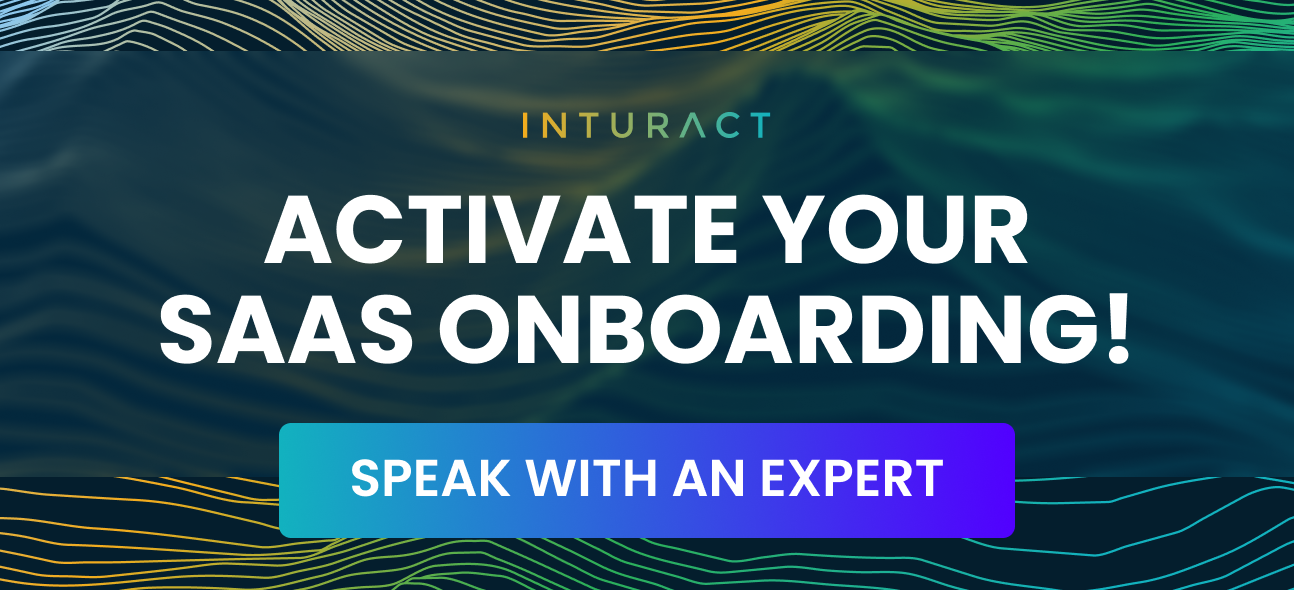How Do You Know You are Ready to Implement With the Help of Pendo?

As founders and marketers, your ultimate goal is to not just attract users to your SaaS product but to ensure they understand, appreciate, and engage with your product, driving both growth and retention.
That’s when you take the pivotal moment of implementing a user onboarding strategy — a decisive step that can shape the trajectory of your SaaS company. But how do you discern the right moment to make this leap?
In this blog, we’ll delve into the signs that indicate you’re ready to embrace Pendo for user onboarding, ensuring that when you decide to implement it, the impact is profound, setting the stage for sustained growth and a thriving user community. Whether you’re pondering the timing, the readiness of your team, or the state of your product, we’re here to guide you through this crucial decision-making process.
Clear Understanding of the Users’ Journey
If you have a solid grasp of your users’ journey, including their pain points, needs, and expectations at each stage of interaction with your product, you’re primed for implementing user onboarding.
Understanding the user journey is akin to mapping out the roadmap of interactions from the initial encounter with your SaaS product to becoming an engaged user. It encapsulates the entire experience a person undergoes while interacting with your product or service, encompassing the journey from discovery to achieving desired outcomes. For SaaS products, this journey encompasses the discovery phase, sign-up process, initial interactions, feature exploration, workflow integration, and goal attainment.
Visualized as a series of stages or steps, each representing significant interaction points, the user journey serves as a crucial foundation before implementing user onboarding. Here’s why defining this journey is paramount:
- Identifying Key Interactions: A well-defined user journey enables the identification of key touchpoints critical for user satisfaction and retention. Recognizing these moments allows for the design of onboarding processes that effectively highlight and guide users through essential interactions, ensuring they grasp the core value of your product.
- Measuring Effectiveness: With a clearly mapped journey, setting measurable metrics for each stage becomes feasible. This framework facilitates the assessment of the onboarding process’s effectiveness. Tracking user progression from one stage to the next reveals potential bottlenecks or disengagement points, offering valuable insights for refining and optimizing the onboarding strategy.
- Personalization at Scale: Achieving personalization at scale, as facilitated by tools like Pedo, hinges on a deep understanding of the user journey. By segmenting users based on behaviors, characteristics, and needs derived from the journey, personalized onboarding experiences can be tailored to resonate with each segment. This tailored approach significantly enhances user engagement and conversion rates.
Defined Goals and Metrics
Establishing defined goals and metrics is crucial before using Pendo for your user onboarding strategy.
Having measurable metrics enables you to assess the effectiveness of your onboarding efforts objectively. Metrics such as user activation rate, churn rate, or feature adoption metrics provide quantifiable indicators of how well your onboarding strategy is performing in driving desired user behaviors.
With defined metrics in place, you can leverage data to continuously optimize your onboarding strategy. By tracking key metrics over time, you can identify trends, patterns, and areas for improvement. This data-driven approach allows you to make informed decisions about where to allocate resources and how to refine your onboarding process for maximum impact.
To ensure you’re ready to implement Pendo effectively with clear goals and metrics, follow these steps:
- Define Objectives: Start by clearly defining the objectives of your onboarding strategy. Consider what specific outcomes you want to achieve, such as increasing user activation, reducing churn, or improving feature adoption.
- Identify Measurable Metrics: Once you’ve established your objectives, identify the key metrics that will allow you to track progress towards those goals. Choose metrics that are relevant to your objectives and can be reliably measured using Pendo’s analytics capabilities.
- Set Benchmarks: Establish benchmarks or targets for each metric based on historical data, industry benchmarks, or internal projections. These benchmarks will serve as reference points for evaluating the success of your onboarding strategy and determining whether adjustments are necessary.
- Implement Tracking and Reporting: Set up Pendo to track and report on the selected metrics throughout the onboarding process. Ensure that you have the necessary tracking mechanisms in place to capture relevant user data accurately.
Resource Availability
Checking resource availability is critical because user onboarding is a resource-intensive process that requires careful planning and execution. Overlooking this step can lead to inadequate resources, which can derail your onboarding efforts and result in a subpar user experience.
Here are some key questions to ask when assessing your resource availability:
Knowing Pendo’s Features & Capabilities
User onboarding platforms like Pendo are powerful tools, packed with a wide array of features designed to create engaging and contextual user experiences. However, without a deep knowledge of these features and how to leverage them effectively, you risk underutilizing the tool or implementing suboptimal onboarding flows.
Before diving into implementation, it’s essential to dedicate time and resources to thoroughly explore and understand Pendo’s capabilities. This could involve:
By investing time and effort into truly understanding Pendo’s capabilities, you’ll be better equipped to design and implement user onboarding experiences that align with your product’s unique requirements and user personas. This knowledge will also enable you to leverage advanced features, such as segmentation, personalization, and analytics, to deliver tailored and data-driven onboarding experiences.
Not Feeling 100% Ready to Implement With Pendo?
Understanding the complexities of user onboarding can be a daunting task, especially for teams juggling multiple priorities. If you find yourself feeling less than 100% ready to tackle this intricate process, Inturact, a specialized SaaS onboarding agency, could be the ideal partner to support your initiatives.
Here’s how we can make your life easier:
Inturact lives and breathes SaaS user onboarding. Partnering with us means tapping into specialized expertise to improve the user experience, increase product adoption, and drive better results for your business.
Feel free to schedule a call with Inturact today. Our onboarding wizards can take a huge weight off your team’s shoulders.




